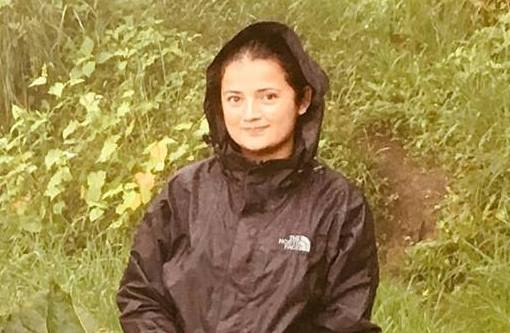
By Madhuri Khadka– Nine species of vultures which account for the total number of vultures recorded in Asia till now are reported to be found in Nepal. With late 1990s keeping a mark in history for unprecedented decline in south Asian vultures, numerous conservation initiatives were carried out internationally as well as nationally by the government of Nepal. One of the many conservation strategies taken in Nepal was establishment of vulture safe feeding site also known as vulture restaurant. As the decrease in number of vultures was mainly attributed to a veterinary drug called diclofenac used for cattle’s and humans, the vulture restaurants were launched to provide diclofenac free food to the vultures.
Today, there are seven community managed vulture restaurants in Nawalparasi, Rupandehi, Dang, Kailali, Kaski and Sunsari districts of Nepal. Vulture restaurant was initiated in 2010 A.D. in Ghachowk, Kaski of Gandaki province Nepal. Seven out of nine species of vultures found in Nepal have been recorded in a single feeding in Ghachowk. Data kept by vulture conservation management committee (VCMC) in Ghachowk reflects that numbers of vultures are increasing. The highest number of vultures recorded in a single feeding was 58 in 2068 B.S. followed by 68 in 2069 B.S. and 89 in 2070 B.S. and 2071 B.S. Accordingly, it won’t be otherwise to say that the restaurant has successfully fulfilled its initiation goal; that is conservation of existing number and their increment.
Vulture restaurants along with conserving vultures also can become a potential ecotourism site for bird watchers and nature enthusiasts. If areas where these restaurants are operating can be developed as ecotourism destinations, the dual purpose of conservation and socioeconomic development could be met. People would get incentives for conservation which would further motivate them to participate actively in conservation. Also, a part of money generated from ecotourism could be invested on the restaurant itself so that it could be self sustaining on the long run, creating win-win situations for both people and vultures. With the aim of favoring ecotourism in areas where vulture restaurants are situated, different organizations are conducting trainings to develop necessary skill in local people. Bird Conservation Nepal (BCN), Annapurna Conservation Area Project (ACAP) and few other organizations have conducted home stay trainings, kitchen gardening training in Ghachowk.
For getting insights on current status and future prospects of vulture based ecotourism a study was conducted in Ghachowk. Despite of being situated in ACAP region, Ghachowk has not been able to attract as many tourists as it should have. Twenty four local people participated in home stay training organized by BCN. Only 10 households currently have home stay in active condition. Rest 14 have long given up conducting home stay; prime reasons for which is almost not a single tourist visiting the home stays throughout a year. Income of households from home stay is very disappointing. Range of maximum yearly income from home stay is only between Rs 5000 to 10,000. Four home stay have income below Rs 1000, 3 have income between Rs 1000 to 5000 and rest 3 have income between Rs 5000 to 10,000 yearly. These incomes reflect very poor status of vulture based ecotourism in Ghachowk.
Talking about future prospects of vulture based ecotourism in Ghachowk; it is naturally and culturally very rich and diverse as like most places of ACA. Local people suggested that in addition to beautiful scene of snow-covered mountains in the north, Ghachowk also holds potentialities for canoeing. It also has hot water ponds and many bat caves. Ghachowk is composed up of multi-cultural and multi-ethnic groups. This natural and cultural diversity could be a plus point from tourism point of view if properly explored, developed and promoted. Vulture based ecotourism in Nawalparasi, the place which house the first ever vulture restaurant of Nepal has been an example for the entire nation and the world. Ecotourism is so prosperous in Nawalparasi because they have developed their adjacent community forest and promoted wildlife as touristic products to lengthen the stay of tourist. Whilst in Ghachowk, the one and only attraction is the restaurant itself. They do not have other products to lengthen the stay of tourist. This has rendered the home stay to go useless. Therefore, it is of utmost importance that the touristic products are timely identified, developed and advertised before people give up on incentive less conservation.
Committees are very much hopeful that the new local level structure of the country is likely to favor the promotion of vulture based ecotourism in Ghachowk. They have faith that new structure will definitely make plan and allocate the budget for the welfare of vulture restaurant as well as for ecotourism development. Also, the local level government is expected to develop necessary infrastructures like road and view towers which will help in flourishing the ecotourism. Concerned authorities should generate their attention towards the vulture restaurant and ecotourism as soon as possible before a question mark is left on the sustainability of vulture restaurant, vulture based ecotourism and community’s interest on conservation.
(Author Khadka is an assistant forest officer at Division Forest Office, Parbat.)

Leave a Reply